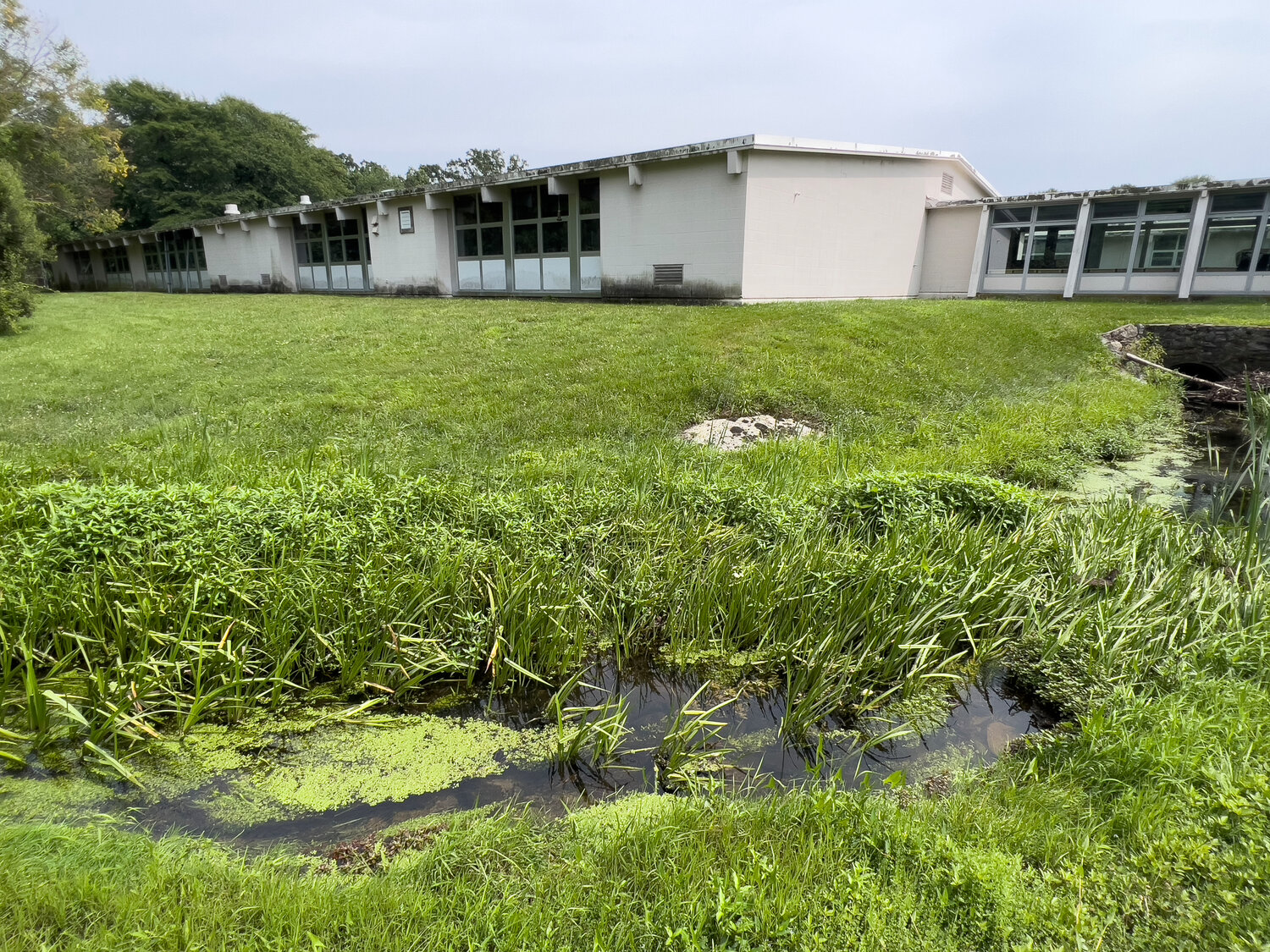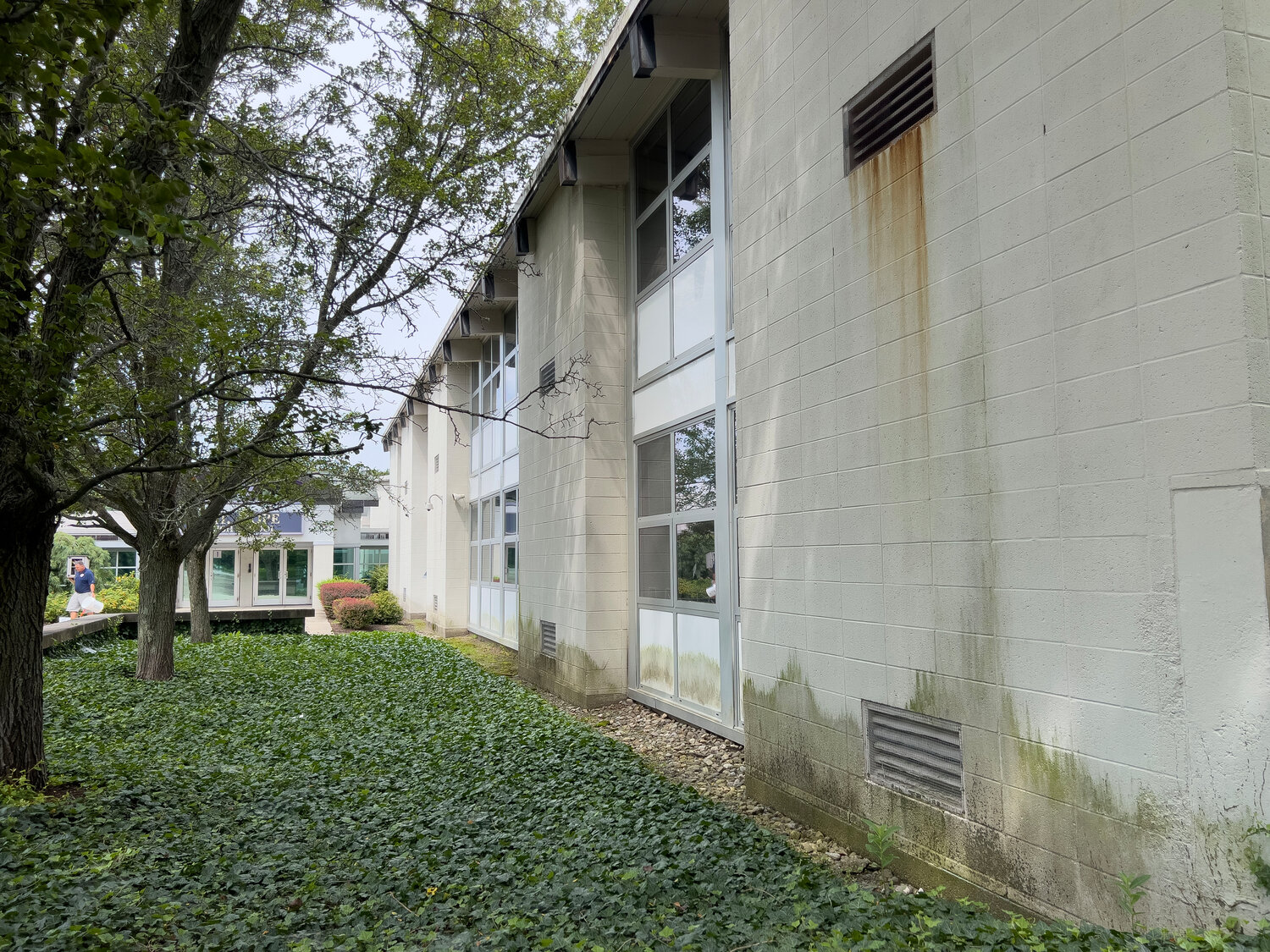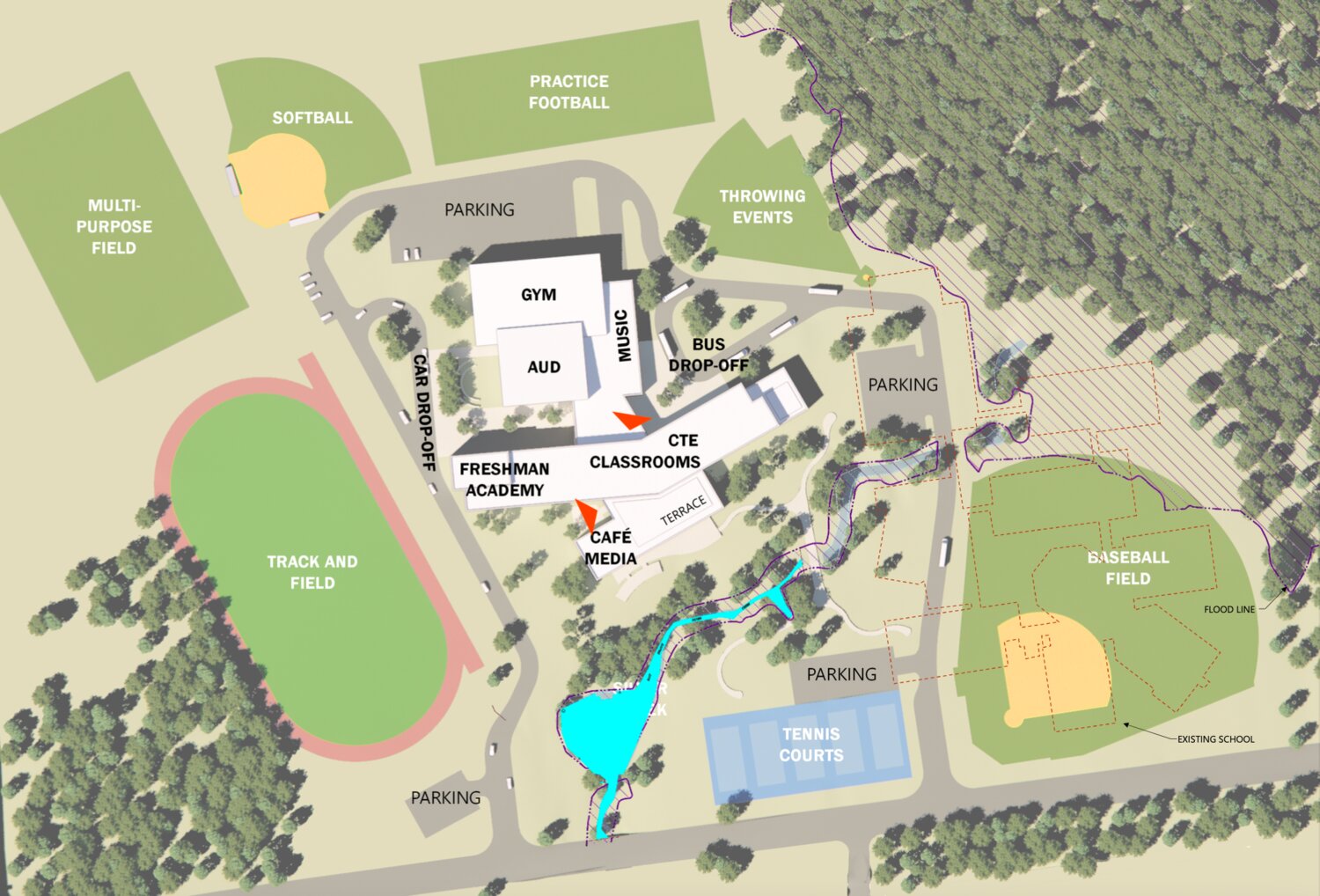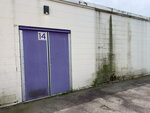Is building a new Mt. Hope High School in the same location a bad idea?
'Prone to flooding,' some question whether there are better options elsewhere
District officials and their chosen school building consultant team answer questions and critiques levied from some members of the community.
This item is available in full to subscribers.
Please log in to continue |
Register to post eventsIf you'd like to post an event to our calendar, you can create a free account by clicking here. Note that free accounts do not have access to our subscriber-only content. |
Day pass subscribers
Are you a day pass subscriber who needs to log in? Click here to continue.
Is building a new Mt. Hope High School in the same location a bad idea?
'Prone to flooding,' some question whether there are better options elsewhere
A few letters sent to this paper (including one running today) and the Bristol Phoenix have brought up a reoccurring question regarding the ongoing effort to build a brand new high school atop the existing site currently occupied by Mt. Hope High School.
Why build here again?
“When Bristol High School (now Mt. Hope High) was built in 1965, the town leaders at the time made a huge mistake in choosing to construct it in its current location, which sits in the middle of wetlands,” wrote Mike Proto, who lives on Chestnut Street near the school, in a letter than ran on July 12. “Since it was built, the land on which it sits has been plagued by flooding, even after just some moderate rainfall, and the surrounding neighborhoods have also been affected by the same problem, with backyards being turned into swamps, basements flooded, and overall quality of life diminished by the unwise decision by the town in 1965 to construct the school in a completely unsuitable location.”
“Fast forward to today, and it appears Bristol and Warren town leaders are heading down that same foolish path, believing that the current site of the existing high school is the only viable parcel to move forward with,” Proto continued.
When asked how the team came to the conclusion that the existing site was the best fit, Chad Crittenden, Managing Director of PMA Consultants, who is working with the district throughout the school building process, said that their initial analysis of the site revealed that simply moving the school northwest of its current location would alleviate the flooding issues.
“The flood hazard area of that site actually heads right through the existing building, and it's more towards the northeast side where it gets really bad,” he said. “So where the new building would be situated is outside of the flood hazard area.”
Crittenden added that the team was taking geotechnical borings within the next two weeks to assess whether building conditions are indeed adequate in the proposed area. He added that modern engineering advancements have made making foundational improvements more common and achievable, particularly in modern school projects.
“Different methods of ground improvement, that are very cost-effective, are being incorporated on more than half the schools being constructed nowadays,” he said.
On student disruption during construction
Crittenden then addressed what he said was a bit of misinformation going around — that the project would require significant money to build swing space for students to utilize while the new school is constructed.
He stated that the construction would take place in two phases, and would not require any swing space.
“The first phase would be construction of the new building,” he said. “We’d really try to separate the construction and the existing school operations as best as possible. We’d have the construction area enclosed within its own fence, it would have its own driveway to get in and get out. The existing school use can go on as if the project weren’t happening.”
Crittenden said that the only loss to school operations would be use of some of the athletic fields, some of which currently reside where the new school building would be constructed. That would be a logistical challenge to be tackled, he admitted, but an achievable one.
Once the new building is complete, they would wait for a vacation break to move all the materials and equipment within the existing school to the new building, and then welcome back faculty and students. Then, demolition of the existing Mt. Hope High could commence, and playing fields could be re-established.
And you might be thinking: If they place athletic fields in the same area as the current high school building, wouldn’t those just become prone to the same flooding issues and be unsafe for student athletes?
“As of now, there is no plan to have any athletic fields or buildings over Silver Creek,” answered Nicky Piper, School Committee Chairperson, via email.
Adam McGovern, answering questions about flooding and the site choice, also added his thoughts.
“Everyone on the design team is aware of the current situation and we understand we can not repeat it. The current team has identified all the wetlands and the associated boundaries that we need to maintain and they are incorporated into all the current proposed layouts,” he wrote. “I understand the concern, but building in the 60s versus now is completely different. Not only has the technology, awareness and methods to mitigate significantly improved there is a lot more oversight. This includes code requirements and input from others such as the DEM. We have a site consultant who worked with us the last time the district made site improvements so that consistency is helpful. The proposed building site is clear from the wetlands and at higher elevations. Water run off is now a requirement, not an afterthought. Plus there are opportunities to support this hand-in-hand with sustainability initiatives such as green roofs or possible gray water reuse for irrigation.”
When asked if plans took into consideration rising sea levels and increased incidents of heavy rainfall (as seen in recent weeks), Piper said, “This would be better answered by the professionals on our design team. But I do know that planning for climate change has been top-of-mind, as we have consulted with the DEM and various other experts. In fact, climate change was in large part the reason that eliminated any of the other potential sites in both towns.”
On eminent domain
George Burman, another Bristol resident whose letter appeared in last week’s papers, asserted that the district should look into acquiring other land to construct the school on; one without flooding concerns.
“Has anyone in Town addressed the other pieces of non-productive, tax-exempt property currently not used for its intended purpose and for which there is no proposed necessary outlook? I refer here to the very large parcel of wooded property adjacent to Mount Hope Farm and currently owned by Brown University,” Burman wrote. “The Town could simply acquire this property gratis by passing a ruling of eminent domain, stating that this property is required for a public purpose, the construction of a new high school campus. Alternatively, if the idea of eminent domain expropriation scares the powers that be, there is a large, high quantity site available along Metacom Road adjacent to Roger Williams University which has been offered for sale for over 20 years that, if re-zoned, would seem ideal for a new high school.”
Crittenden said that his team had inspected 27 sites that could possibly accommodate a new school building — each of which was at least seven acres.
However, those sites were limited in scope to parcels currently owned by the Towns of Warren or Bristol — none that were in private hands; but for a reason.
“Once you get into acquisition and eminent domain takings, it kicks off a slew of ineligible costs for reimbursement,” he explained. “So the cost of either acquiring that land or the legal costs associated with purchasing that land or, if it's an eminent domain taking, typically there's additional legal costs that are associated with that. So, generally, the preference is an existing site if it’s a buildable site.”
Crittenden said he could think of one example in Massachusetts where they took space through eminent domain, only for the acquisition to be challenged legally, which eventually necessitated a complete re-design of the project.
“It's definitely something that is doable,” he said. “But there's a high level of risk associated with an eminent domain taking.”
A quick search online showed a few examples supporting this stance.
The Massachusetts towns of Saugus and Revere are in the midst of eminent domain litigation over a new school site that the former took from the latter. Just last year, the Town of Swampscott was brought to court by an abutting church who claimed it was underpaid for easements that were placed on its property for an access road and walkways to support a new elementary school. In Waltham, a prolonged legal dispute between the town and another church ultimately left the town on the hook for a total of $29 million just to procure the site for its new high school.
Community info session coming soon
Although a date has not yet been set in stone, the public should be on the lookout for a community meeting to ask questions about the school building process, coming some time in mid-August. We will publicize that meeting when it becomes known.













